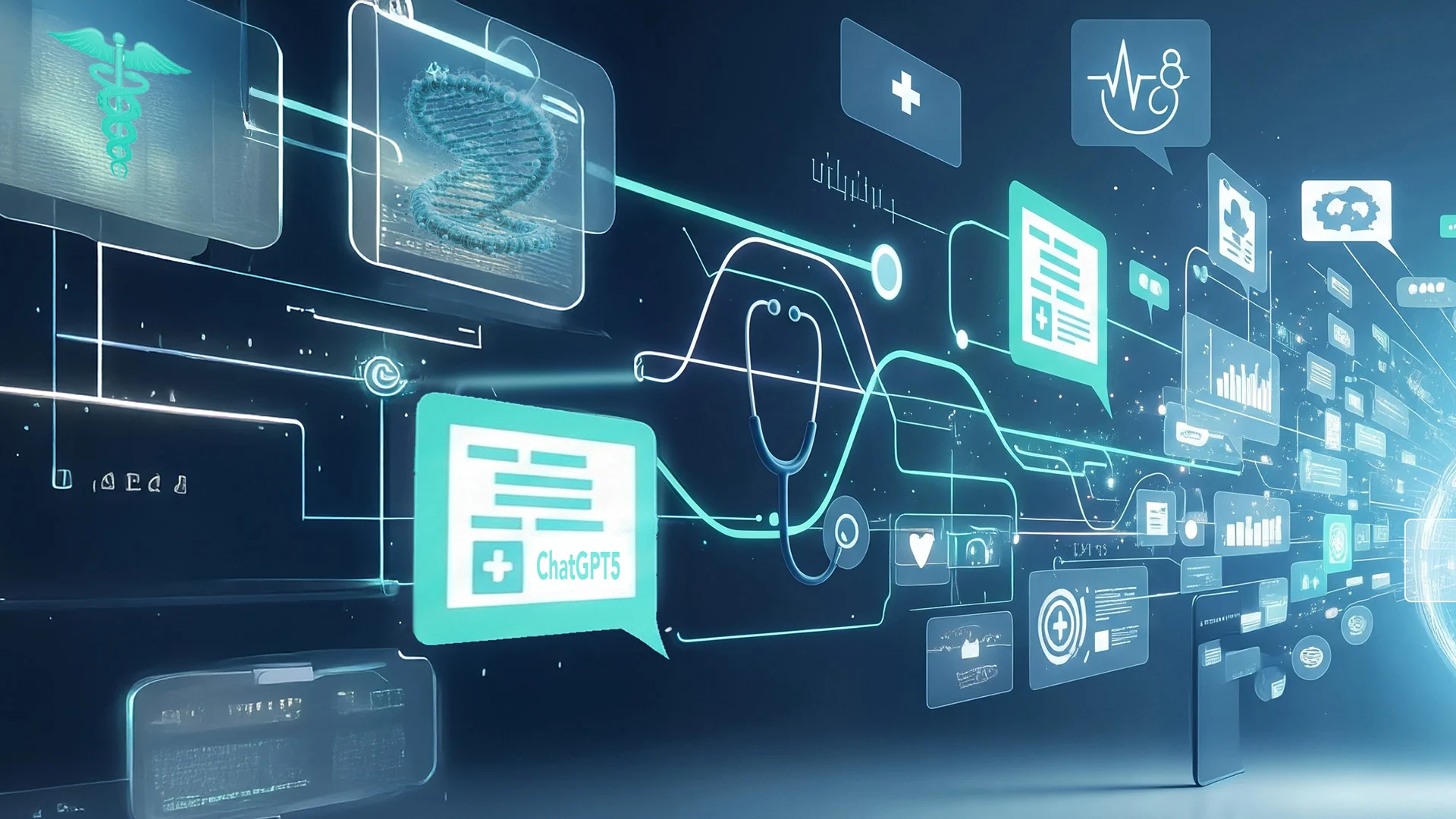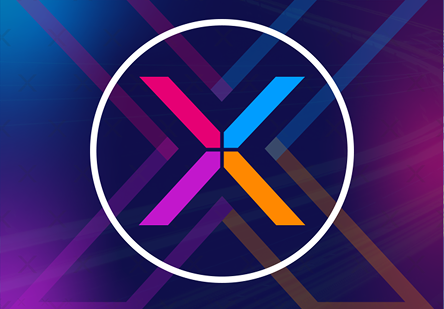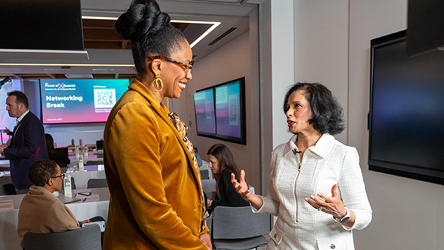August 19, 2025
Article
What Chat GPT-5 Means for Healthcare Startups and Providers

Credit: Image created by Cure, Google Gemini
Overview
Chat GPT-5 offers faster reasoning, multimedia support, and scalable efficiency that create opportunities for healthcare companies to boost productivity, improve health literacy, and expand access to underserved populations.
OpenAI’s latest model could transform patient engagement, education, and clinical workflows
OpenAI recently launched Chat GPT-5 across both its free and paid tiers, bringing a faster and more sophisticated version than previous iterations, yet it still leaves many healthcare professionals with questions about how it will impact their day-to-day operations.
In a series of exclusive interviews with Cure, AI and healthcare experts weigh in on what OpenAI's newest version means for the healthcare industry overall, as well as best practices for implementing these upgraded features.
The general consensus is that Chat GPT-5 creates opportunities for more proactive patient engagement, improved health literacy, and scalable support for underserved communities.
5 Ways Chat GPT-5 is poised to improve healthcare
In many ways, the release of ChatGPT-5 is set to transform the healthcare industry for good. Here are five key advantages to expect.
1. Chat GPT-5 could boost internal efficiency
Chat GPT-5 can significantly lessen the bureaucratic load healthcare professionals face, according to David Ghozland, MD, a gynecologist who specializes in pelvic reconstructive surgery and runs a private practice in Los Angeles.
Chat GPT-5 also helps staff manage their responsibilities more effectively, because the AI can handle many routine duties and basic patient inquiries.
He shared, “The boost in efficiency enables healthcare teams to devote more time to work on the complicated cases, and this results in improved outcomes and a more efficient experience for patients.”
Shanti Greene, an adjunct professor at Washington University of St. Louis andHead of Data Science at AnswerRocket, agrees. As an expert on GPT and competing models, Greene views the latest update as a smart play from OpenAI in a fiercely competitive market. From his perspective, the updates are significant: a 400,000-token context window to expand its ability to handle longer documents or more complex tasks , a set of models that can route work internally for efficiency, and pricing around $1.25 per million input tokens.
“It is fast, consistent, and priced in a way that changes how many healthcare orgs can justify running larger workloads. It will not beat every other model in every category, but it is strong enough to become the go-to for a lot of everyday business tasks,” he explained.
2. Chat GPT-5 could improve patients’ experiences
Kyle Sobko, CEO of SonderCare, is most excited about how this new version of Chat GPT will improve patient care and education through advanced technology. He sees Chat GPT-5 as having the potential to revolutionize healthcare startups by improving how patients interact with medical information.
“It can help in simplifying complex medical terminology, and this new AI model will offer patients accessible and easy-to-understand explanations of their conditions,” he explained.
For example, a healthcare startup focused on patient education could use AI to simplify complex medical concepts, making them easier for patients to understand and improving their overall engagement. “Explaining a myocardial infarction as a heart attack caused by blocked blood flow with an analogy like a clogged pipe could help patients grasp the condition more clearly,” he added.
3. Chat GPT-5 could enhance learning with multimedia support
Both medical professionals and their patients are likely to benefit from Chat GPT-5's enhanced multimedia support.
Sobko explained, "AI tools can support written content with diagrams, videos or even 3D models which help provide a more immersive educational experience. This form of learning can make abstract medical concepts more concrete and easier to grasp."
4. Chat GPT-5 could increase learning capacity and accessibility
As Sobko described, AI's ability to personalize learning based on a patient's literacy level, language, or cultural context ensures that the educational content is accessible to a broader audience. Chat GPT-5 can translate technical terms into a patient's native language or simplify the language for younger audiences.
"It also allows startups to serve diverse patient populations more effectively, which is especially valuable for healthcare startups looking to bridge communication gaps and deliver equitable care to all," he added.
5. Chat GPT-5 could become a thought partner in healthcare
Pat McGloin, Director of Health and Life Sciences at MERGE, sees Chat GPT-5 as marking a turning point in how AI can support healthcare, not just as a smarter search tool, but as a “thought partner” that can help patients and clinicians navigate complexity with more accuracy and speed.
“Its improved reasoning and thought partner capabilities mean it’s better at spotting red flags, trends, asking the right follow-up questions, and tailoring guidance to the person on the other end,” he shared.
4 Ways for Healthcare Companies to Approach AI Models
While the potential benefits of Chat GPT-5 in the healthcare industry are hard to ignore, it’s important to approach AI models with both careful evaluation and a clear strategy.
1. Roll out AI models in stages
Ghozland believes that the most successful healthcare companies leveraging Chat GPT-5 and other AI models are those that introduce them in stages while closely monitoring their impact.
He shared, “It should be used in addition to the current workflows, not as an alternative to the human touch of the patients when they visit a doctor.”
He added that it’s important to remember AI is meant to assist medical professionals and help improve the chances of delivering quality care.
2. Keep AI embedded in current workflows
Along with all the good Chat GPT-5 brings, McGloin cautioned healthcare companies not to ignore the fine print. He explained, “The same capabilities that make Chat GPT-5 more powerful also raise the stakes if the output is misunderstood, biased, or emotionally misaligned.”
He stressed that keeping a human in the loop when using AI remains paramount. “AI advice—no matter how well-intended—still requires oversight,” he added.
As he sees it, the win for healthcare won’t come from replacing people with models, but from designing AI as an augmentation layer: clear about its limits, built with safeguards, tuned for empathy and equity as much as accuracy.
“If we get that balance right, Chat GPT-5 won’t just be another upgrade—it’ll be a meaningful shift in how we deliver and experience care, he shared."
3. Give each model a defined role
For Greene, the fundamental shift with the release of Chat GPT-5 is how healthcare companies should be thinking about models. He asserted that it's not about finding the single "best" option anymore, but rather building a toolkit where each model has a defined role.
Greene believes that the companies in the healthcare space getting the most out of AI are those that match the right tool to the right job while keeping an eye on both quality and cost.
He shared, “GPT-5 might handle the bulk of general-purpose work. Claude 4.1 Opus is still the safer choice when flawless code matters. Gemini 2.5 Pro is unmatched for processing huge datasets in one shot. Regional players like MiniMax M1 and Zhipu’s GLM-4.5 are worth attention for complex, multi-step workflows.
4. Reframe how AI exists in your business
Greene believes that the winners will be the ones who treat AI like a portfolio to manage, not a single bet to place.
Referring to it as the ‘new economics in AI,’ he encouraged companies to “Keep your options open, route work where it makes sense, and use models like GPT-5 to free up budget for the specialized tools that actually move the needle.





